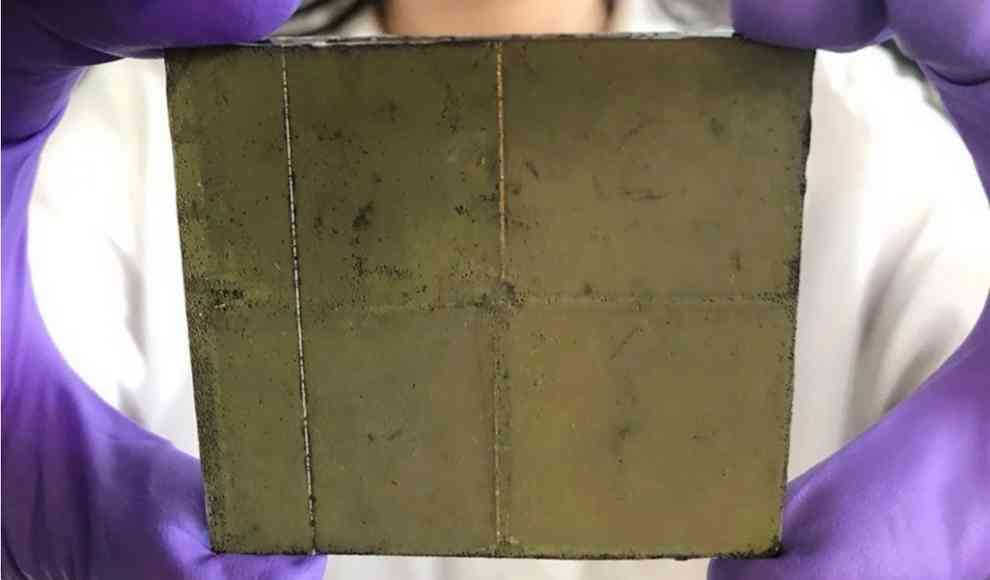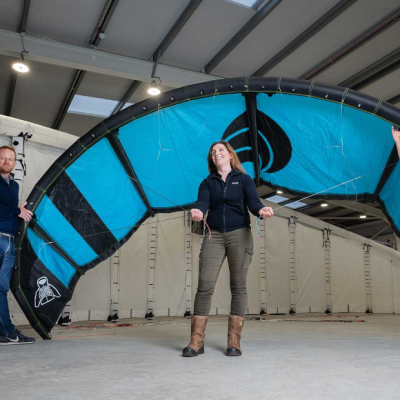A new photokatalysis film has been developed by scientists at the University of Cambridge that mimics the natural photosynthesis process of plants, producing organic compounds and oxygen from CO2, water and light. The film uses a two-step catalysis process to create formic acid and oxygen, which can be used as a transportable fuel. The team used a gold film surrounded by two semiconductor complexes, one of which is made from strontium titanate doped with lanthanum and rhodium, and the other from bismuth vanadate doped with molybdenum. The system is wireless and self-sufficient, requiring only light as an energy source.
The researchers aimed to develop a process that produced a transportable fuel with minimal waste products. The system uses catalysts to accelerate photochemical reactions without reacting themselves. The gold film allows electrons released from water to pass through to the second complex, where they are converted into formic acid with CO2. The new photokatalysis film produces almost no waste products, with a 97% selectivity for formic acid formation. However, the efficiency of the system is still low, with a light-to-formic acid conversion rate of only 0.08%. The team plans to work on improving the efficiency of the system by developing better catalysts to replace the current cobalt-based catalysts.
The photokatalysis film has the potential to pave the way for sustainable and practical production of solar-based fuels. The technology is easily scalable, with films of several square meters already possible to produce. While a commercial application is not yet profitable, the researchers hope that the technology will lead to a more sustainable future for fuel production.










